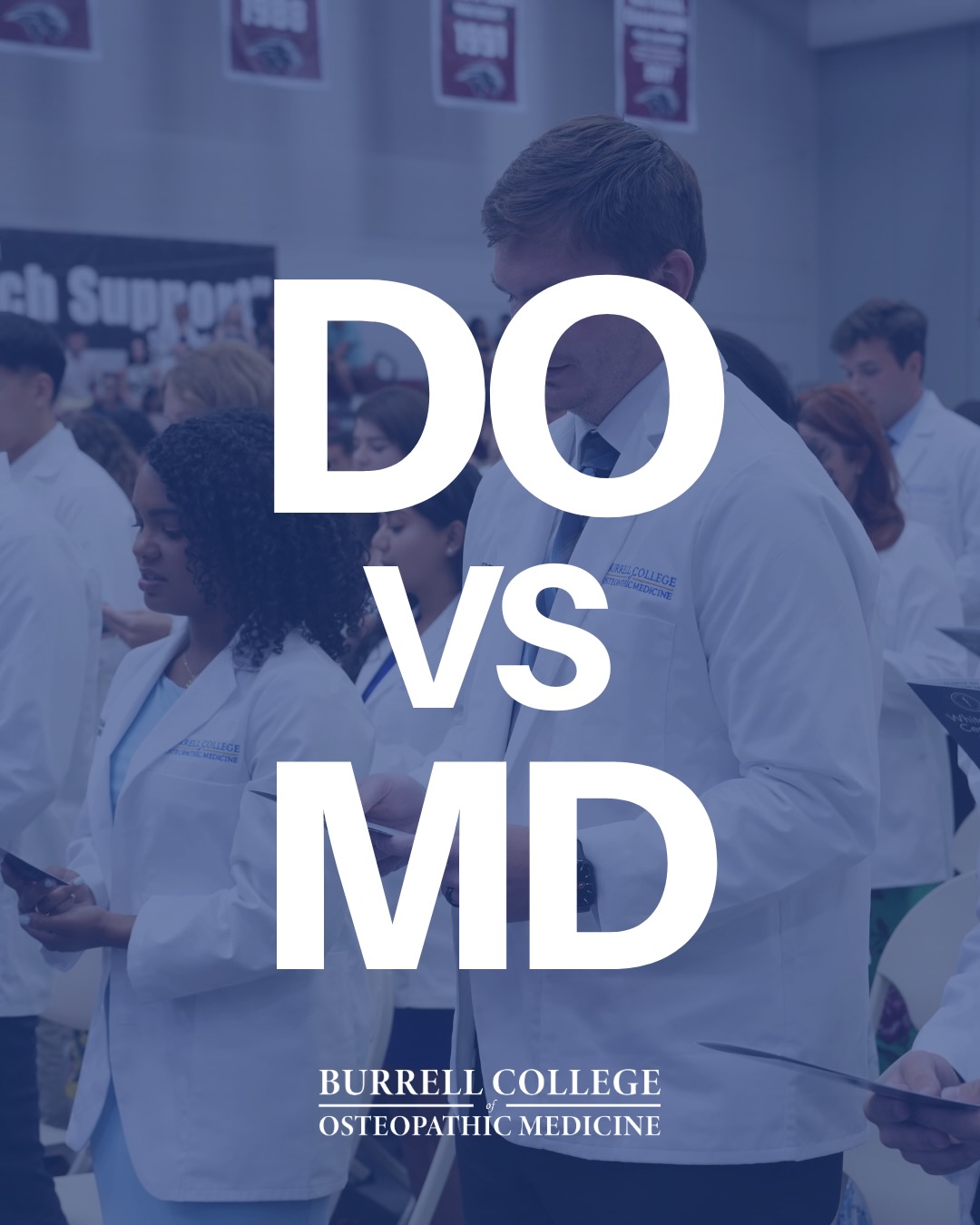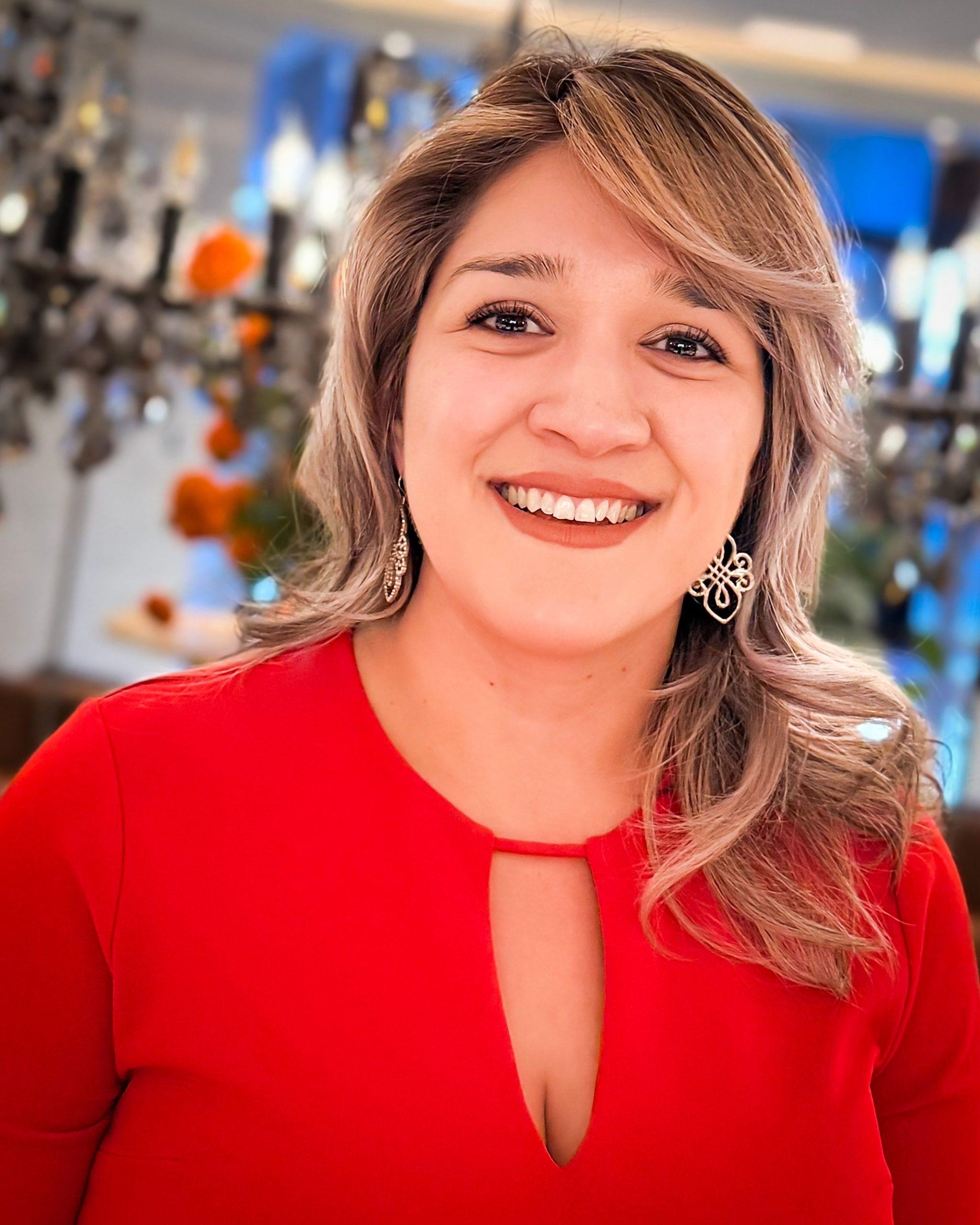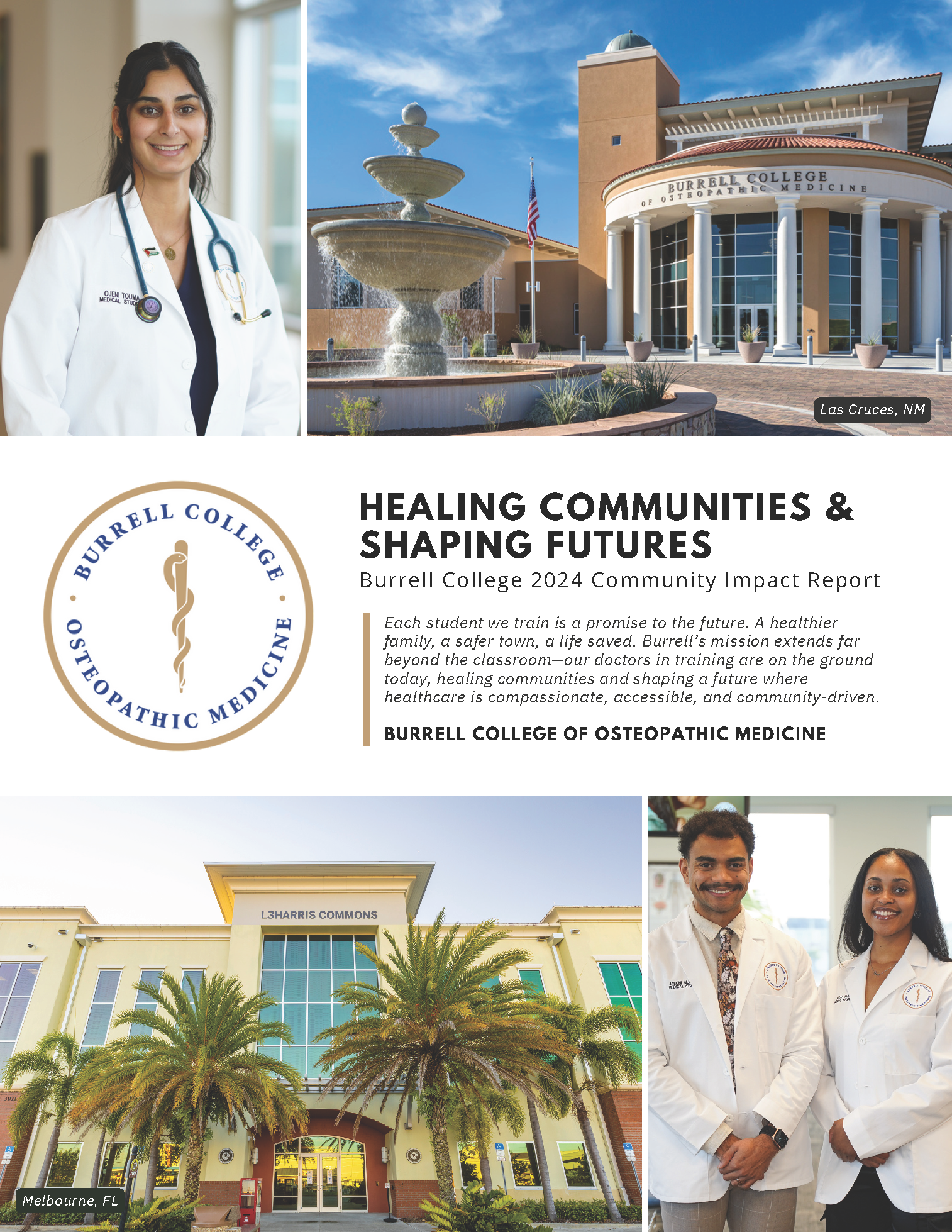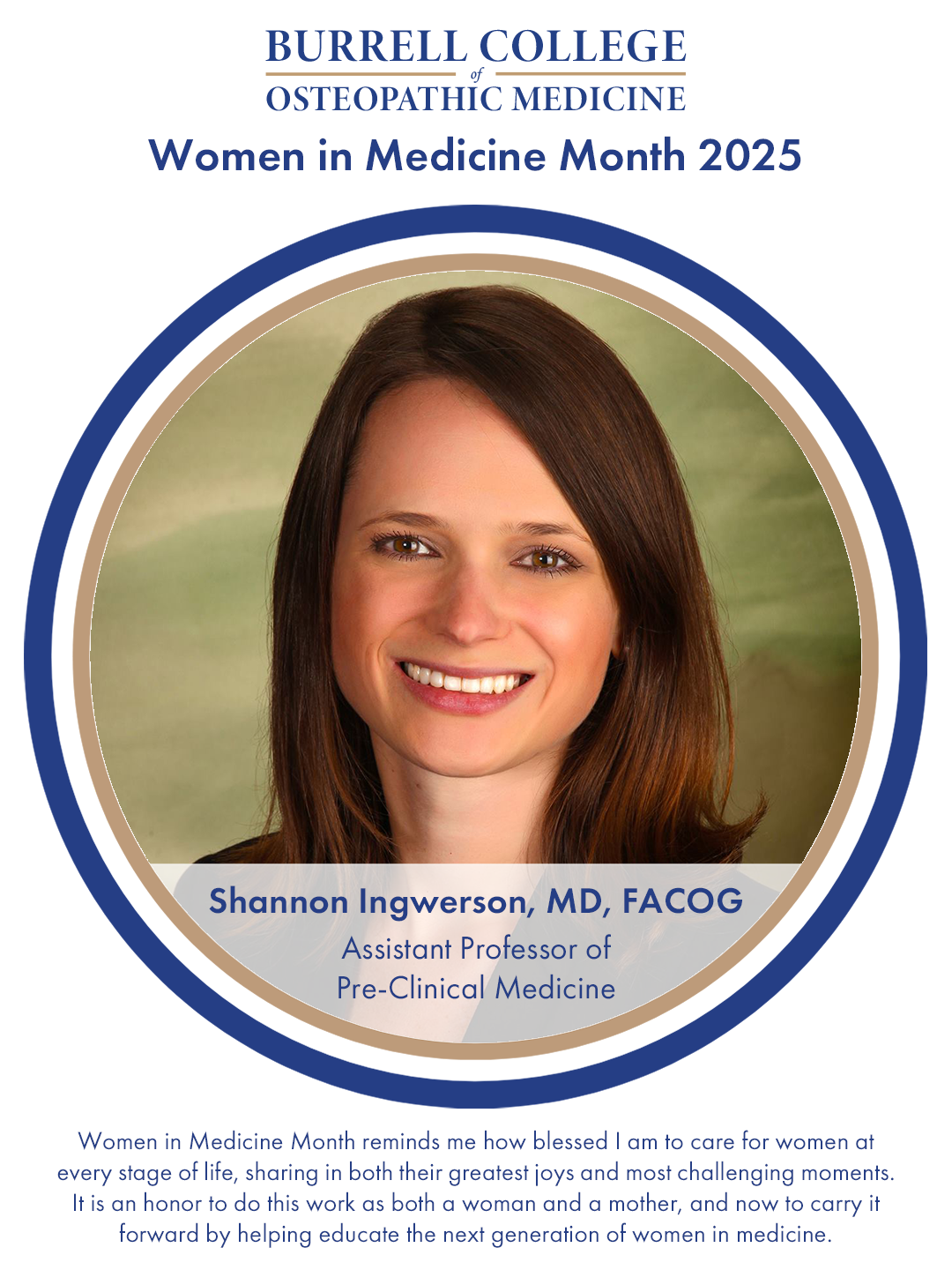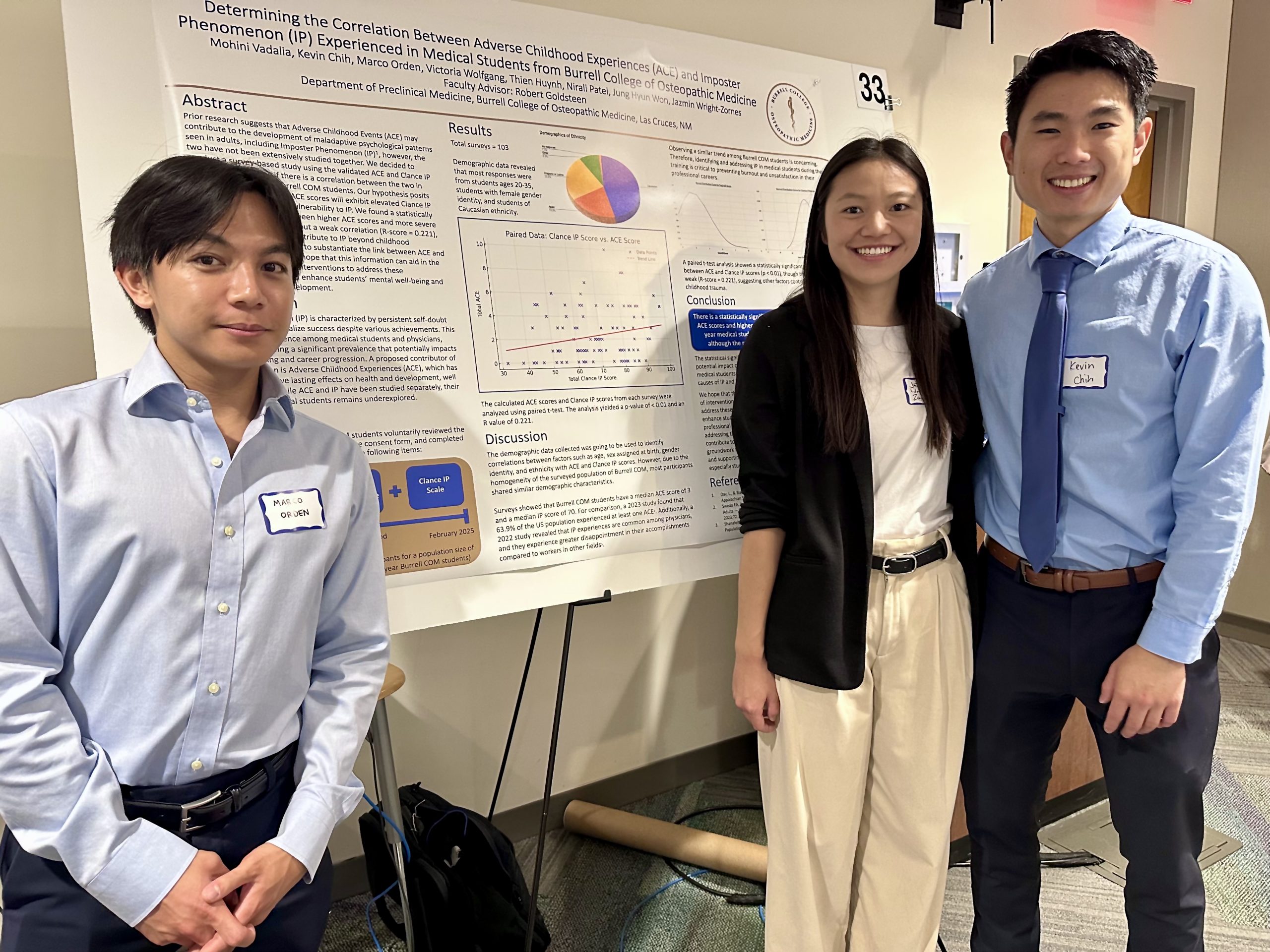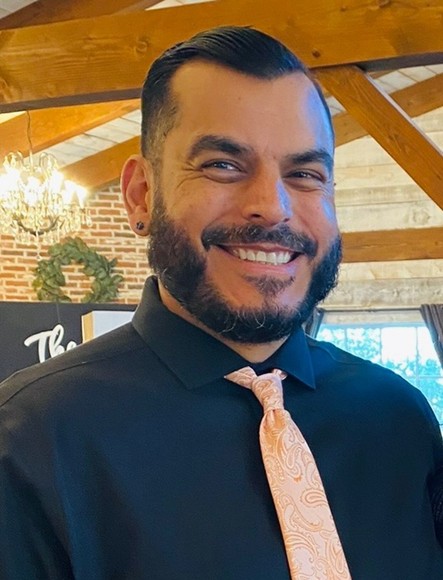Osteopathic Medicine: Whole Person Healing and Hands On Care
In the United States, osteopathic medicine is a vital component of modern healthcare. More than just a degree or specialty, osteopathic medicine is a philosophy that centers on treating the whole person—mind, body, and spirit. Doctors of Osteopathic Medicine (DOs) blend medical knowledge with compassionate care, emphasizing the body’s natural ability to heal itself.
What Is Osteopathic Medicine?
Osteopathic medicine focuses on prevention, wellness, and understanding the root causes of illness. It empowers patients to take an active role in their health while giving physicians tools to support that process. DOs receive extensive training in the musculoskeletal system and utilize osteopathic manipulative treatment (OMT), a hands on method for diagnosing, treating, and preventing illness or injury.
Four Tenets of Osteopathic Medicine
DOs follow four foundational principles:
- The body is a unit; the person is a unit of body, mind, and spirit.
- The body is capable of self regulation, self healing, and health maintenance.
- Structure and function are reciprocally interrelated.
- Rational treatment is based on an understanding of body unity, self regulation, and the interrelationship of structure and function.
These tenets guide DOs in providing care that prioritizes the whole person, not just the disease.
DO vs. MD: What’s the Difference?
Doctors of Osteopathic Medicine (DOs) and Doctors of Medicine (MDs) both complete four years of medical school, clinical rotations, residency programs, and board certifications. Both are fully licensed physicians who practice in every medical specialty, from primary care to surgery.
The main difference lies in philosophy and training. DOs receive approximately 200 additional hours of education in the musculoskeletal system, focusing on how structure affects function. This includes specialized training in osteopathic manipulative medicine (OMM), a form of hands on care that helps relieve pain, restore motion, and support the body’s natural healing processes. MDs do not receive this additional training.
While MDs and DOs share many similarities in practice, DOs often bring a unique perspective to patient care, one that emphasizes empathy, prevention, and personalized treatment. Many DOs serve in rural and underserved communities, helping bridge critical healthcare gaps.
Why It Matters
Osteopathic medicine continues to grow rapidly, offering an essential approach to care that supports long term health and healing. As more patients seek personalized, preventive, and integrative healthcare, DOs are stepping up to lead the way.
To learn more about how Burrell College of Osteopathic Medicine prepares future DOs to transform healthcare, visit www.burrell.edu/explore

